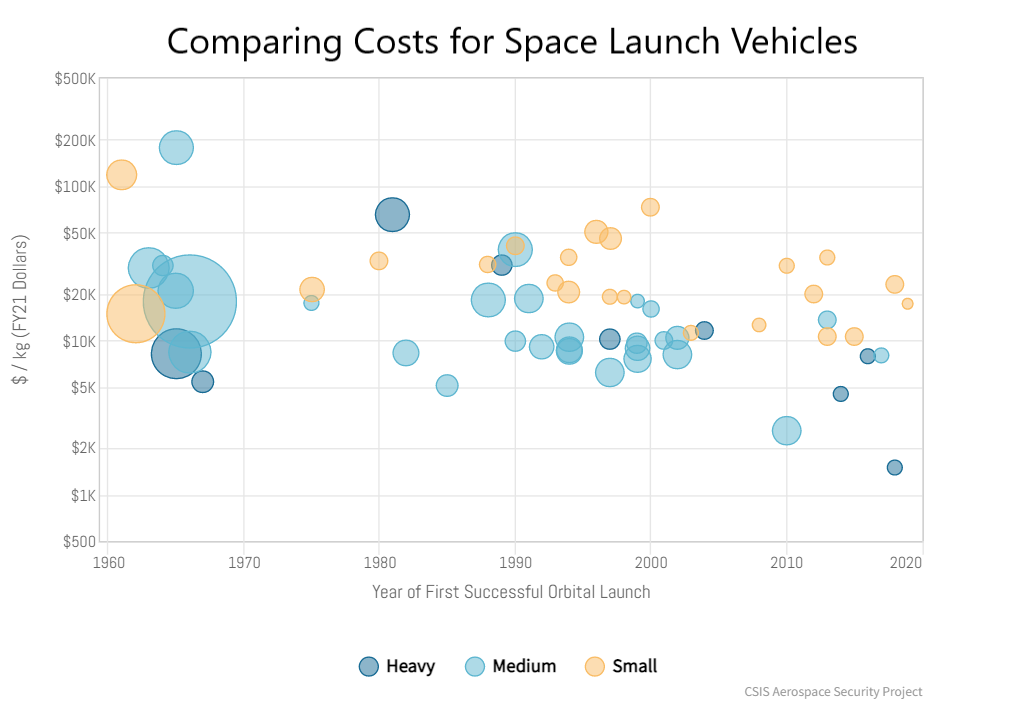John Jagerson here.
The one positive aspect of a bear market is that valuations are low. As long as traders can focus on the underlying fundamentals and maintain a long-term view, bargains during a bear market can be very profitable.
In my and Wade’s view, the best stocks right now are positioned to take advantage of the economy’s problems, namely inflation, rising interest rates, and slowing growth. Or at least the best stocks are those that are most insulated from the problems in the economy.
With that, I’d like to give you a list of our top stocks for the rest of this year – and into 2023…
It’s Time: Get Prepared for the Incoming Market Shock
Inflation and a bear market are nothing compared to what’s around the corner, and millions are about to be blindsided. Make sure you’re not one of them.
We just released key details on what’s about to happen and how to prepare yourself – including the kind of stocks you need to dump immediately, and 10 stocks you’ll want to own.
Click here to watch now.
2023 Stock No. 1: AutoZone Inc. (
Recently, I was shopping for a new car and decided on the Ford Maverick. I was anxious to get started because I knew there would be an order process to wade through. However, when I finally called the dealer, I was informed that demand is so high and supplies were so low I would not even be able to place an order.
With rising auto costs, a potential economic slowdown, and low supply, there are plenty of folks in my situation. I will just have to wait if I don’t want to pay more than MSRP on the secondary market. In the meantime, I will do what millions of other Americans will do: “Fix it up, wear it out, make it do, or do without.”
The bottom line is that auto supplies, repairs, and equipment will continue to be in demand.
We like AutoZone as a way to take advantage of the problems automakers (and their customers) are dealing with. We think being an AZO buyer on the dips is a profit opportunity until automaker supply constraints start to loosen.
2023 Stock No. 2: The Charles Schwab Corp. (
Did you know your broker makes money from you in more ways than commissions? They aren’t always so forthcoming about the revenues they extract from you, but in most cases, these revenue streams are tied to interest rates.
As rates rise, it positively affects net margins, driving profits higher. Payment for order flow, margin interest, and share lending are examples of how brokerages like Robinhood Markets Inc. (HOOD) can stay in business despite charging no commissions.
For example, if you have a margin account, your broker can “borrow” your shares and lend them to short-sellers. They don’t pay you anything for that access, but they charge interest on the margin used by the short-seller to hold their position. The higher rates rise, the larger the margin is for brokers.
While all those income strategies are bad for a broker’s customers, they are good for a broker’s shareholders. In that sector, we like Schwab, which we know looks like a bit of a dog right now, but that is normal for bear markets.
If interest rates remain high and market conditions stabilize (or, dare we hope, improve…?), then SCHW should see a big move higher. Schwab has been acquiring customers through acquisitions, which gives them the scale to amplify their profits once, the market starts to settle and trading balances rise again.
2023 Stock No. 3: Costco Wholesale Corp. (
A rising dollar is a big problem for large caps – especially technology companies because the profits they earn outside the United States are converted back into fewer, stronger dollars. However, what if a large percentage of your revenue comes from imported products that are cheaper in stronger dollar terms?
A strong dollar is why we still like the discount-retail space. We think that fears about consumer spending have been overblown. As long as hiring remains positive, spending should continue to rise, which means retail firms are in a position to benefit from a strong dollar.
Costco’s fundamentals look good, and the issues squeezing margins should be offset in the short-term with the company’s advantages due to a strong dollar. We think buying this deeply-discounted deep-discounter on the dips makes sense.
2023 Stock No. 4: Starbucks Corp. (
Retail services stocks aren’t immune from inflation problems, but some companies have strategies to deal with it.
For example, Starbucks frequently deals with inflation-deflation cycles in their raw materials (coffee beans). From the bottom of the pandemic bear market to the top at the end of 2021, coffee prices rose 100%, while SBUX shares rallied 89%.
General inflation is more complicated for SBUX to deal with than just rising coffee prices. Still, the point is that the firm is already good at making adjustments to maintain price stability. That’s why we expect SBUX to stay off its lows and rally in the short-term while consumer spending remains strong.
2023 Stock No. 5: Waste Management Inc. (
It usually makes sense in a volatile market to focus on defensive, dividend-paying stocks. That is still true now, but because interest rates and inflation are rising, traditional dividend strategies don’t work as well. Future dividends are worth less when interest rates rise because the present value of those income streams is lower.
However, if a company has a defensible near-monopoly on their customer base, positive margin trends, and historically has raised its dividend above inflation rates, then the old rules can still apply in an inflationary market. Waste Management is precisely that kind of company.
WM’s efforts to harvest energy and byproducts from trash collection and landfills are just two examples of how the company is working to increase cash flows to keep its dividend payout ratio high and the yield ahead of inflation. As the pool of dividend stocks shrinks, we expect value investors to flow into the company’s shares in the short term.
Regards,
John
P.S. Is This the End of the Bear Market?
The system that predicted the current bear market just revealed what’s coming next. Will we turn the corner into profits? Or plummet even further? The answer is here.








